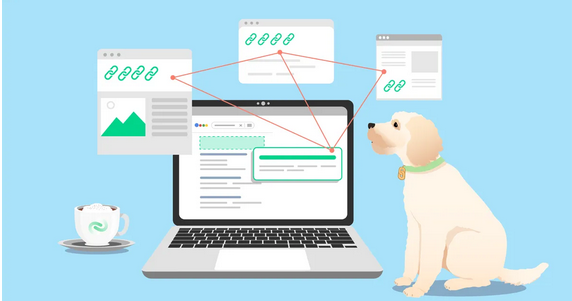Owning and operating a transportation company can be a rewarding endeavor. However, this can be a daunting task if you have not laid the foundation. There are, however, a few essential steps to take before achieving success. This guide will provide a comprehensive road map for beginning and operating a trucking business. We will also discuss everything from marketing to strategy to financing. By perusing this guide, you will be well on your way to becoming the prosperous truck driver you’ve always desired.
What Is A Trucking Business
There are many types of trucking businesses. Here are a few examples:
• Delivery/transportation: Truckers move goods to and from customers.
• Logistics: Trucking companies offer delivery, storage, and other logistical services.
• Transportation management: Trucking companies handle goods crossing jurisdictional borders or highways.
• Freight transport: Trucking companies move goods, whether they’re manufactured locally and shipped elsewhere or mass goods that must be moved frequently across borders.
• Truck driving school: Teaches pupils to drive trucks professionally.
How To Start A Trucking Business
Trucks start many trucking companies. Many truck kinds and operators will suit your business. Businessman and trucking expert Dayne Yeager advises studying your business’s wants before buying a truck.
• Run Your Freight Company. Before starting your trucking company, learn how to drive and transport goods. Reading or taking courses can accomplish this. You must also have a driver’s license and be licensed to tow goods in other states.
Tips For Successfully Running Your Trucking Business
When starting a trucking company by Dayne Yeager, do your research and choose a reputable, well-established firm. Your company’s technology must also be put up. Track cars and trucks with mobile. Last but not least, make sure your drivers are experienced and qualified to avoid accidents and unregistered cars.
• Set up your business with the right technology. Your trucking company needs the right technology to run effectively. For example, use GPS tracking for safety and MOB or mobile office apps for driver-headquarters contact. To connect with customers and market your trucks, use social media.
• Make sure your drivers are experienced and have the right skills. Experienced truck drivers are needed to load and unload customers, run transport equipment, and manage finances. To find good drivers, study online companies that offer driver training or other programs.



